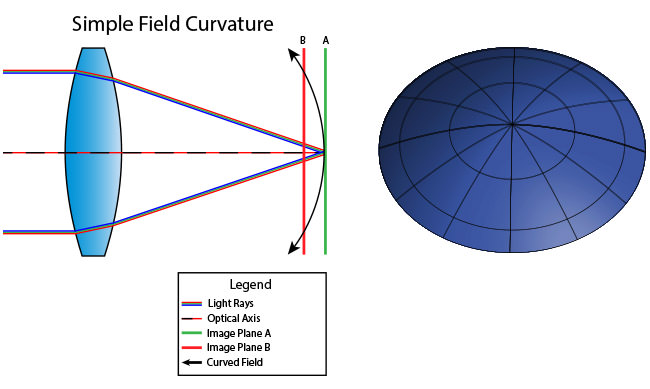Rightsaidfred
Veteran Member
- Messages
- 2,962
- Solutions
- 18
- Reaction score
- 2,996
Dear forum community
In this forum, we quite often encounter lens quality discussions, like "do I have a bad copy of this or that lens?"
I recently noticed a certain decentration with my 55-200 mm 15 (!) months after purchase (see here) and now sent it to Fuji's repair center. Honestly speaking, I was a bit shocked that I never noticed before!! So "just go out and take pictures" may not be sufficient after having made a purchase.
It seems we can agree on the fact that there is a certain copy to copy variation (maybe within spec, maybe due to a QC issue) and that one is better off to do a few but thorough tests after purchase in order not to miss out the warranty period.
I wonder whether we could collect tips what tests to do?
Based upon possible lens issues,...
What do you recommend?
Is it really necessary to buy test charts like Edmund Optics's or ISO 12233 or USAF 1951? Here's another recommendation I found in this forum. I certainly missed other important posts here. But it could help to just remember (cite) here.
Here's a proposal - please comment:
BR,
Martin
https://500px.com/bachrocks
In this forum, we quite often encounter lens quality discussions, like "do I have a bad copy of this or that lens?"
I recently noticed a certain decentration with my 55-200 mm 15 (!) months after purchase (see here) and now sent it to Fuji's repair center. Honestly speaking, I was a bit shocked that I never noticed before!! So "just go out and take pictures" may not be sufficient after having made a purchase.
It seems we can agree on the fact that there is a certain copy to copy variation (maybe within spec, maybe due to a QC issue) and that one is better off to do a few but thorough tests after purchase in order not to miss out the warranty period.
I wonder whether we could collect tips what tests to do?
Based upon possible lens issues,...
- Decentration
- Front/backfocus - is this a lens or a body issue?
- ...
- Usually, you are in lack of a benchmark. I mean you just have your own copy! Non-symmetrical issues like decentration are relatively easy to detect.
What do you recommend?
Is it really necessary to buy test charts like Edmund Optics's or ISO 12233 or USAF 1951? Here's another recommendation I found in this forum. I certainly missed other important posts here. But it could help to just remember (cite) here.
Here's a proposal - please comment:
- Most importantly, what is a suitable subject? I would say it depends on the FL. With a large FL (200 mm), I used a filigree tree that was about 300 m away and did pan shots to test all the four corners (see here). With smaller FL, this method is not appropriate. A billboard could be an idea (?)
- Mount camera on a stable tripod
- Switch off OIS
- Set ISO at lowest value
- Set aperture manually
- Set jpeg quality to 'fine'
- If you do a series (pan shot), focus only once at the beginning, then set to MF
- Use ES to avoid any shock
- Use remote shutter release or self timer; maybe even avoid a certain window of shutter speeds (1/60 through 1/250 s, cf. this thread + cited link)
- No post processing, just use jpeg OOC
BR,
Martin
https://500px.com/bachrocks
Last edited:











